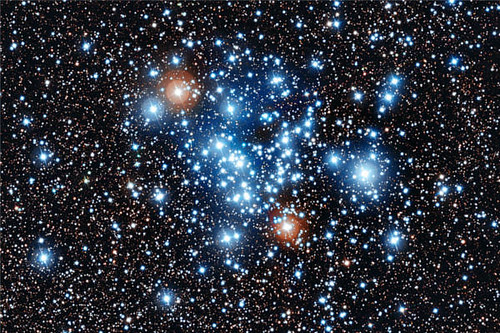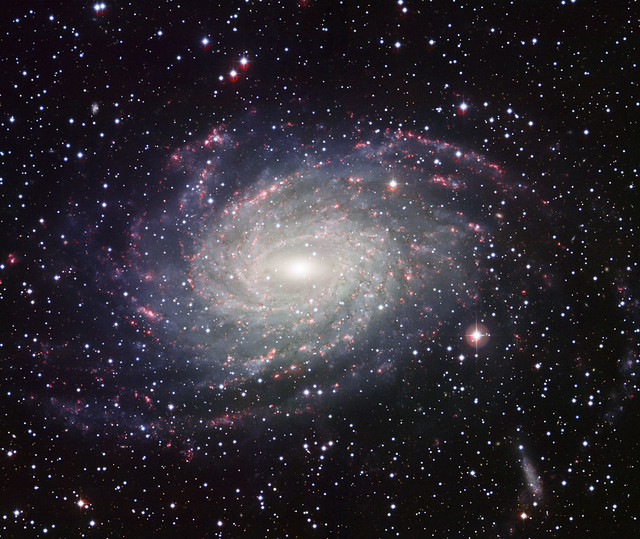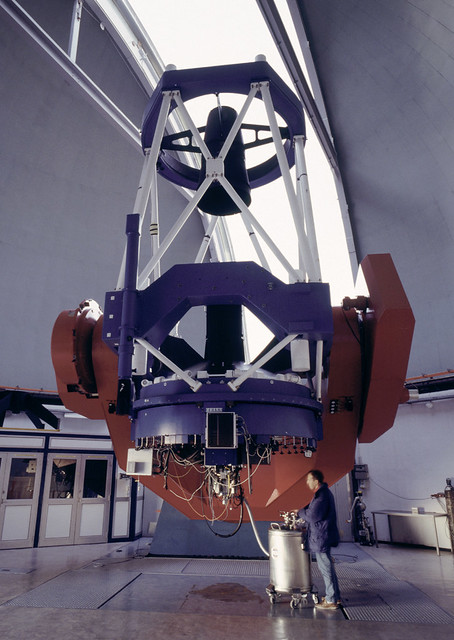Big Bang Monday: Little Green Men
Monday, June 17th, 2013
Very interesting piece by Liz Fuller-Wright in the CSM last week on the discovery of variably-pulsating stars. Intially referred to as LGM-1 by the astronomers at the European Southern Observatory’s La Silla Observatory in Chile, including graduate student Jocelyn Bell. The “LGM” stood for “little green men.”
For seven years, the research team observed more than 3,000 young stars in the star cluster NGC 3766 for a few weeks each year. They found variable stars – 163 of them – including 36 that seem to break all the rules of pulsars. In fact, they held off on labeling the stars “pulsars,” choosing the less controversial label of “periodic variable stars,” though they said that they expect the scientific community to confirm that they are, in fact, pulsars.
As with many astronomic discoveries, it takes quite a while to confirm “discoveries.” This one in particular may rewrite the book on pulsar formation.
That’s pretty awesome. Maybe we’ll see pulsars in BigBangPrints soon.

